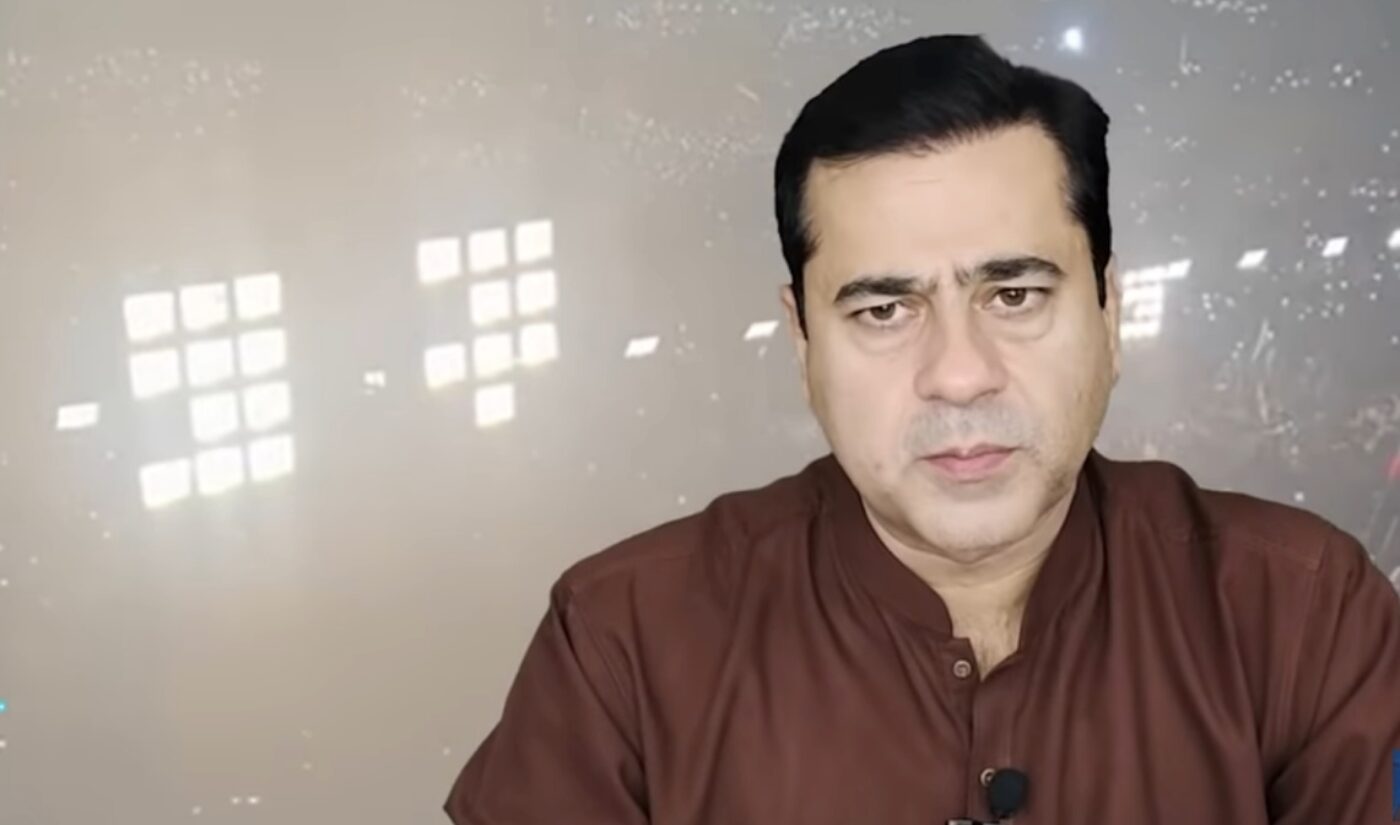In April, opposition leader Shehbaz Sharif ousted former cricket star Imran Khan to become the prime minister of Pakistan. At the onset of the new regime, the Sharif government forced several dissenting TV presenters out of their on-air positions.
In another era, those journalists would be out of work, and the world would be blind to the persecution they faced. But this is the era of YouTube, so Pakistani reporters can take their work online to ensure their words reach a massive audience.
That story is one of many examples of the way social media and internet access are changing the political scene in South Asia. Just days after CNET published a profile of Pakistan’s YouTube journalists, several outlets reported that Pakistan’s neighbor to the north, Afghanistan, had banned TikTok.

Subscribe to get the latest creator news
These two news items have a lot of commonalities, but let’s approach them one at a time, starting in Pakistan. The government advertises on public news channels, which means it can withhold ad dollars if it wants to pressure networks to let go of outspoken presenters. At the start of the Sharif administration, Imran Riaz Khan — not to be confused with former PM Imran Khan — lost his job at Samaa TV.
Luckily for Riaz Khan, he has a thriving YouTube channel with more than 2.7 million subscribers. When he uploaded a video discussing the Sharif administration’s actions against him, it quickly surpassed one million views.
Riaz Khan is hardly the only Pakistani presenter on YouTube. Syed Talat Hussein moved to YouTube after speaking out against Imran Khan’s regime, and he know has a six-digit subscriber count. Other journalists are reaching viewers across the globe. Essa Naqvi, who launched his Urdu-language YouTube channel in 2020, now has a majority of viewers who live outside of Pakistan, according to CNET.
Naqvi had previously reported for two major news channels in Pakistan. “More people know me from my YouTube channel,” he told CNET. “That’s strange.”
A Tali-ban worth talking about
Oppressive governments can’t stop content creators from migrating to digital platforms, but they can try to stop those platforms from reaching their constituents. And that’s where Afghanistan comes into play.
The Taliban, which rules Afghanistan, is not a fan of TikTok. In a statement, spokesperson Inamullah Samangani called out the app’s “filthy content” while also announcing its prohibition. The Taliban is also going after the popular video game PlayerUnknown’s Battlegrounds, which Samangani called “immoral.”
“We’ve received a lot of complaints about how the TikTok app and the PUBG game are wasting people’s time,” Samangani said in a statement reported by Bloomberg. “The ministry of communications and information technology was ordered to remove the apps from internet servers and make them inaccessible to everyone in Afghanistan.”
Why now?
YouTube and TikTok have been around for years. What’s changed recently is the level of internet access available in South Asia. According to CNET, 83 million people in Pakistan now have access to the internet. That means a third of the nation’s population is now connected, and that number is growing. In Afghanistan, internet access grew by 7% year-over-year between 2021 and 2022. In total, about 23% of the Afghan population is logging on.
These numbers put Essa Naqvi’s international audience in fresh context. He has a majority of international viewers, but posts Urdu videos, which means that Pakistani expats are hanging onto his every word. If his domestic fans had the same technology, how many of them would check out his work on YouTube?
It’s not outlandish to suggest that the continued expansion of internet access in South Asia will add more complexity to the region’s political landscape. That trend is impacting culture, too. In India, homegrown video apps are finding hundreds of millions of users by venturing into parts of the country that were not previously connected.
It’s impossible to say whether these journalists will get back on TV, but maybe they don’t need to. Online, they seem to be getting on just fine.








